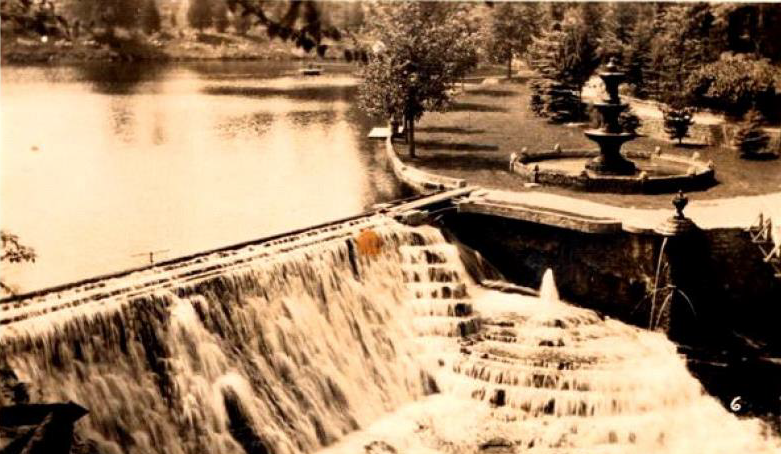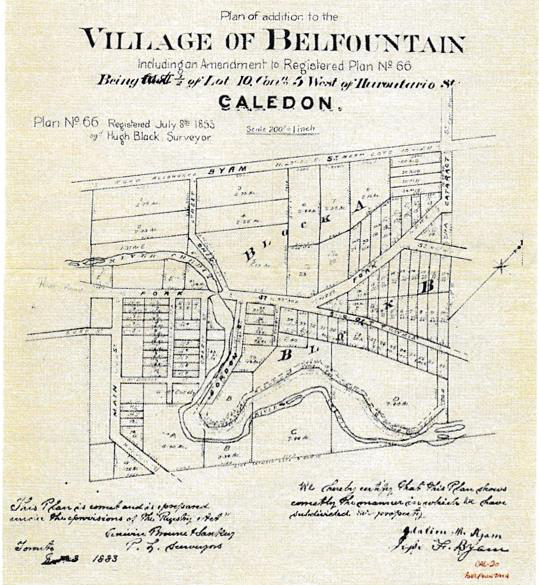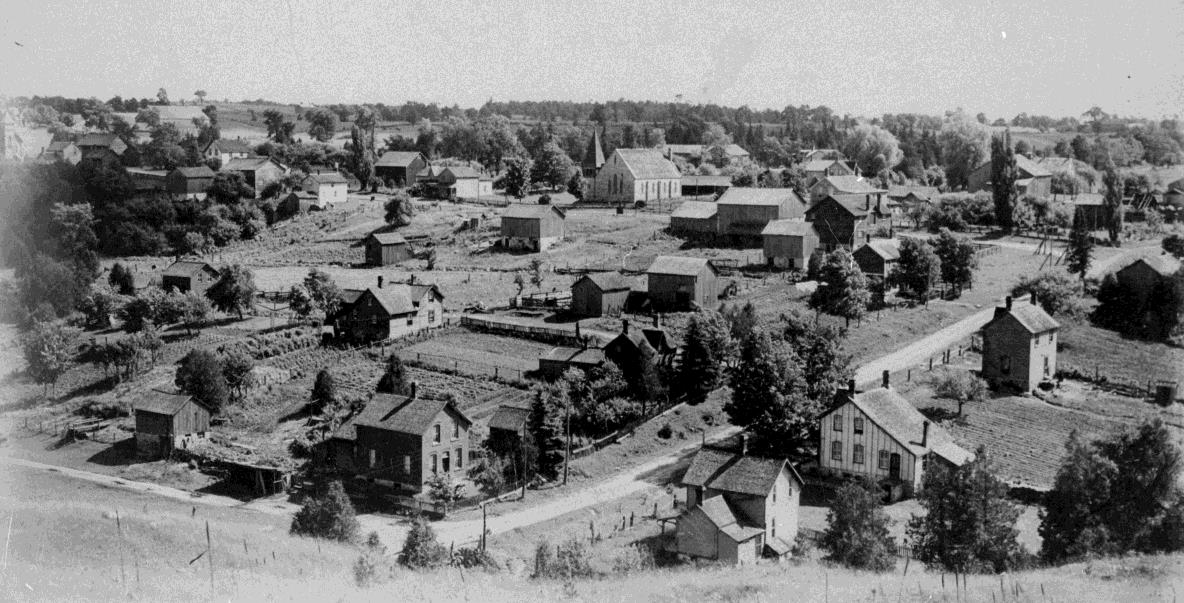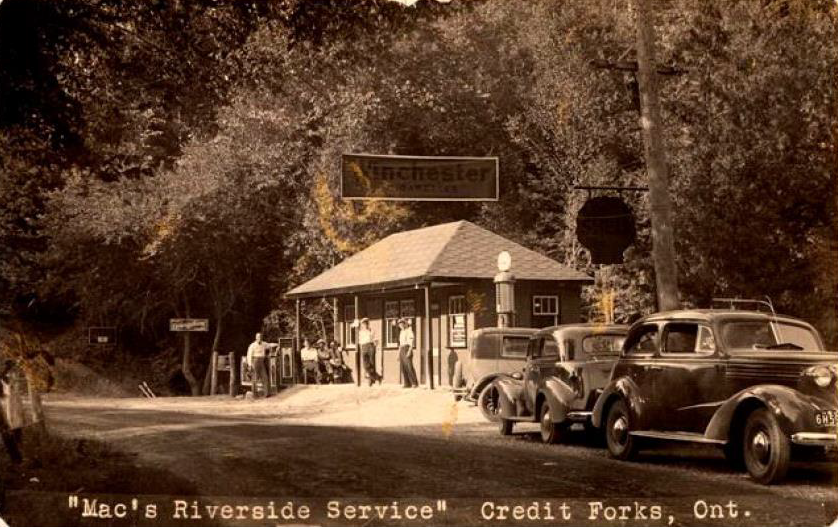
The 200th Anniversary of Belfountain:
Honouring the Past
THERE IS NO PARKING IN BELFOUNTAIN. ROADS IN THE VILLAGE WILL BE CLOSED FROM 10AM - 6PM.
Please give yourself time to park at the Caledon Ski Club West Lodge, 17431 Mississauga Rd. and catch the shuttle into Belfountain’s Festival area. Parade starts at 11am.
The 200th Anniversary of Belfountain has sparked a renewed interest in local history and the retelling of stories from days gone by. While we now have access to more historical information than ever before, the most treasured pieces are still found in the personal stories shared by those who lived them.
During the 150th Anniversary in 1975, two notable publications helped preserve Belfountain’s legacy: Belfountain: Caves, Castles and Quarries in the Caledon Hills by Bernice Trimble, and Belfountain and the Tubtown Pioneers by Margaret Whiteside. These remain important sources today, capturing original oral histories that may otherwise have been lost.
Another key publication, The Rockside Pioneers (1977), features the writings of Robert Crichton—born in Caledon in 1839 and son of John Crichton, one of the original Rockside Pioneers. The book, compiled and published by his granddaughters, gives firsthand insight into early settler life.
The Rockside Pioneers are the foundation on which the story of Belfountain is built. They made the arduous journey through the wilderness, endured harsh winters in rudimentary shelters, cultivated the first crops, and quite literally carved the road to what would become the village of Belfountain.
Among those early settlers, the Frank family played a pivotal role in establishing the community. Not only did they settle the land, but their children—and their children’s children—also put down roots in the area, helping shape Belfountain’s future.
Uncovering the Land’s Story
The land on which the village of Belfountain now sits has recently come under closer historical review, revealing fascinating details about its early ownership and development.
Following a land survey in 1819, a "location ticket" was issued to Scottish settlers Peter McArthur and his wife Nancy for 50 acres on the southwest quarter of Lot 10, Concession 5 (approximately the south side of Bush Street from Shaws Creek to halfway toward Mississauga Road, extending south for 50 acres). By 1824, having fulfilled their settlement requirements, the McArthurs requested an additional 50 acres—this time directly north of their original lot, which included the Credit River (present-day River Road from Shaws Creek to Main Street, and north from Bush Street).
At the same time, William Frank and Mary (Mueller) Frank were living on 200 acres of Lot 10, Concession 6—bounded by Winston Churchill and Shaws Creek Road, with Bush Street running through it.
The two families agreed to swap land—river access in exchange for farmland. The Franks gained the river frontage, including land north of Bush Street, from Concession 6 to around Main Street. The McArthurs received farmland south of Bush Street extending to Winston Churchill.
In 1825, the Franks built a grist mill, and in the years that followed, they dammed the Credit River and constructed a sawmill as well. Around this time, their daughter Mary married Jonathan (Grize) McCurdy, who played a significant role in shaping the early development of the village.
The land exchange was formalized in 1834: William Frank sold Peter McArthur 100 acres of farmland for $100, and Peter sold William his 50-acre river lot for the same amount. The dividing line between their properties was the old “forced road” to Erin, which later became Bush Street.
Although the McCurdys had been living in Belfountain since the 1830s, it wasn’t until 1843 that they officially purchased the mill originally built by Mary’s parents. The 100 acres where Belfountain now stands was first assigned to John XXXX (warrant #906), but he failed to meet the settlement obligations. In 1846, Jonathan McCurdy—already owner of two local mills—successfully petitioned the Surveyor General to have the land reassigned to him.
And with that, a village was born.
Share in the Celebration
As part of Belfountain’s 200th Anniversary celebrations in 2025, stories of local history, folklore, and pioneer life are being shared throughout the year on our Facebook page. Join us as we uncover and celebrate the incredible legacy of Belfountain.




